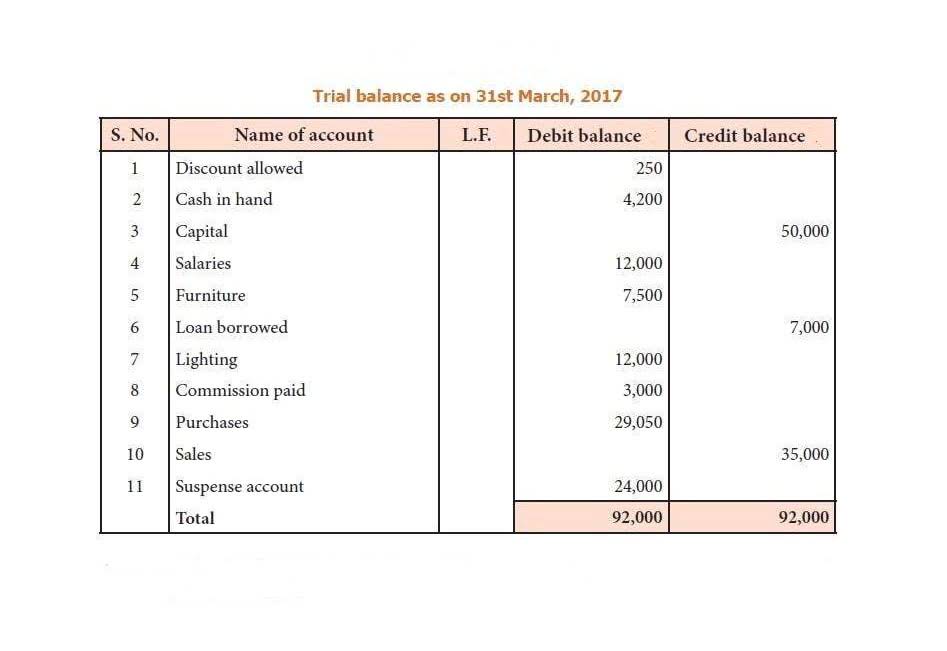This journal entry will eliminate the $50,000 note payable that we have recorded on July 1, 2021, as well as the $2,500 interest payable that we have recognized on December 31, 2021. Likewise, this journal entry will decrease both total assets and total liabilities on the balance sheet by $52,500 as of January 1, 2022. Under the accrual basis of accounting, the amount of accrued interest is to be recorded with accrual adjusting entries by the borrower and the lender before issuing their financial statements. Accrued interest is reported on the income statement as a revenue or expense, depending on whether the company is lending or borrowing.
The debit is rolled into the income statement and the credit into the balance sheet (as a short-term liability). When we talk about accrued interest in the context of corporate bonds, it’s the interest that has accumulated since the last time it was paid. This concept is a characteristic of accrual accounting and follows revenue recognition guidelines and adjustment accounting principles. The journal entry is debiting cash $ 2,000 and credit accrued interest receivable $ 2,000.
What is the difference between accrued and incurred?
Bonds offer the owner compensation for the money they have lent, in the form of regular interest payments. These interest payments, also referred to as coupons, are generally paid semiannually. Accrued interest is cumulative interest that has been recognized and recorded, but has not yet been paid as of a particular date.
- At the end of the month, the credit needs to record interest income which not yet receive from the borrower.
- Accrued interest is the interest that incurs due to a loan that creditor issues to the borrowers, but it is not yet paid or received by both parties.
- XYZ should make journal entry of debiting interest receivable $ 5,000 and credit accrued interest income.
- Knowing the difference can help companies create effective strategies to maximize profits and minimize costs.
When the salaries are paid on 4 January, the cash account is credited for the full week’s salaries. Salaries payable is debited for the salaries recognized in the prior period, while salaries expense is debited for the current period’s salaries. Finally, the adjusting journal entry on 31 December 2017, along with the entry to record the payment of salaries on 4 January 2018, is given below with T accounts. Most businesses record expenses in their books of accounts only when they are paid. For example, the first accounting entry to record an electricity expense is made not when an electricity bill is received, but when it is paid. This basic formula lists the interest rate as a percentage and works best with accounting periods based on the calendar month or year.
And December 31 is our period-end adjusting entry in which we need to close the company’s account for the year. This journal entry of the accrued interest expense is made to recognize and record the expense that has already occurred for the period. At the same time, it is also made to record the liability that exists for we have not made the cash payment yet. The borrower’s adjusting entry will debit Interest Expense and credit Accrued Interest Payable (a current liability).
Our writing and editorial staff are a team of experts holding advanced financial designations and have written for most major financial media publications. Our work has been directly cited by organizations including Entrepreneur, Business Insider, Investopedia, Forbes, CNBC, and many others. This team of experts helps Finance Strategists maintain the highest level of accuracy and professionalism possible. Our team of reviewers are established professionals with decades of experience in areas of personal finance and hold many advanced degrees and certifications.
Would you prefer to work with a financial professional remotely or in-person?
Accurately recording interest accrued is important for a company’s financial reporting. It helps to ensure that the company’s financial statements accurately reflect the amount of money that has been earned and owed. It also helps the company to track its cash flow, which is important for budgeting and other financial planning. Keeping an up-to-date and accurate journal entry of interest accrued, will help a company to properly manage its finances. When a debt has remained unpaid for a period of time, the sum of money that is owed is documented in a financial record to reflect the interest earned.
How to Make Entries for Accrued Interest in Accounting
Even though no interest payments are made between mid-December and Dec. 31, the company’s December income statement needs to reflect profitability by showing accrued interest as an expense. The amount of interest receivable is calculated by the interest rate and the amount of time the debt has remained unpaid. The interest income is recorded in the current period, even if the money has not yet been collected. Companies must also keep track of any interest that is paid late, and adjust the interest income and receivable accounts accordingly. Interest and salary expenses are accrued because the date that these items are paid does not necessarily correspond to the last day of the accounting period. For example, interest is often paid on a monthly or quarterly basis, while salaries are normally paid at regular intervals for work completed within the given period.
Difference between interest income and interest expense
If this journal entry is not made, our total expenses on the income statement as well as total liabilities on the balance sheet will be understated by $2,500 for the 2021 financial statements. And later, when we make the interest payment, we will need to make another journal entry in order to eliminate the interest payable that we have recorded previously. In accrual accounting, income and expenses must be recognized in the accounting period in which they are incurred. Accounts payable are expenses incurred before payment; therefore the company is responsible for future cash payments. To record accrued interest expense, an adjusting entry debits notes payable for the amount of accrued interest, while a credit to accrued interest revenue is made on the income statement. A debit to interest expense and a credit to cash are also made simultaneously, as the accrued interest payable must be paid in cash.
This is performed by recognizing an accrued payable and a corresponding expense item. When the company pays the interest in the next period, it can make the journal entry for the interest paid by debiting interest payable with the interest expense of the new period and crediting the cash account. Interest expense usually incurred during the period but not recorded in the account during the period.
The payment of coupons is made twice a year on June 30 and December 31 and an investor plans to buy the bond on September 30. If the bond is bought or sold on a date other than these two dates of the year, what is the difference between revenues and earnings the buyer pays the previous interest. The new owner will receive half a year’s interest payment on the next payment date. Therefore, the previous owner must pay the interest accrued before the sale.
If you extend credit to a customer or issue a loan, you receive interest payments. XYZ should make journal entry of debiting interest receivable $ 5,000 and credit accrued interest income. So at the end of each month, they need to record both revenue and expense. The journal entry is debiting interest expense and credit interest payable.
The lender’s adjusting entry will debit Accrued Interest Receivable (a current asset) and credit Interest Revenue (or Income). The accrued interest for the party who owes the payment is a credit to the accrued liabilities account and a debit to the interest expense account. The liability is rolled onto the balance sheet as a short-term liability, while the interest expense is presented on the income statement. The amount of accrued interest for the party who is receiving payment is a credit to the interest revenue account and a debit to the interest receivable account. The receivable is consequently rolled onto the balance sheet and classified as a short-term asset. The amount of accrued interest for the recipient of the payment is a debit to the interest receivable (asset) account and a credit to the interest revenue account.
Likewise, we usually need to make the journal entry for the accrued interest income at the period-end adjusting entry if we have any type of receivable that generates the interest over the accounting period. The revenue recognition principle and matching principle are both important aspects of accrual accounting, and both are relevant in the concept of accrued interest. The revenue recognition principle states that revenue should be recognized in the period in which it was earned, rather than when payment is received.



